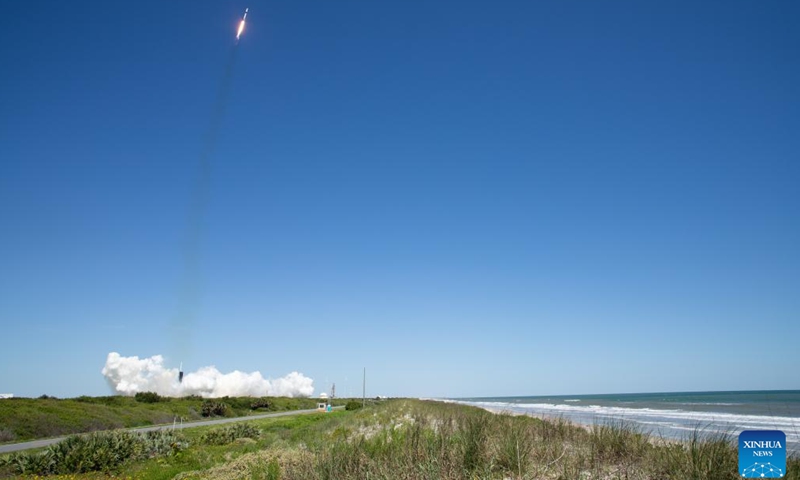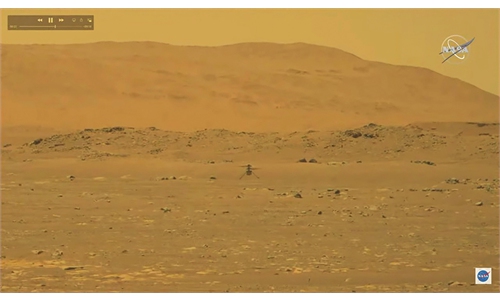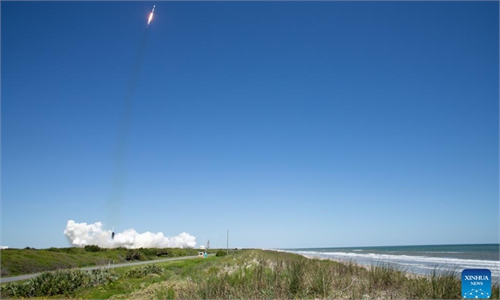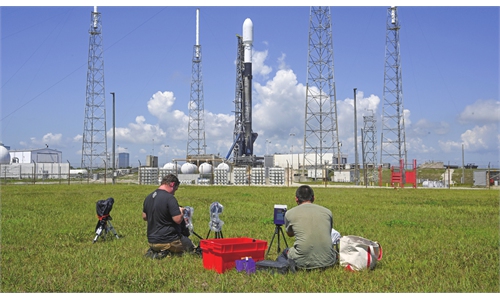
A SpaceX's Falcon 9 rocket carrying the Crew Dragon spacecraft is launched at NASA's Kennedy Space Center in Florida, the United States, April 8, 2022. NASA, Axiom Space, and SpaceX launched a first private astronaut mission to the International Space Station on Friday.Photo:Xinhua
NASA blasted a nanosatellite barely bigger than a microwave oven into outer space Tuesday, part of a landmark mission to return humans to the moon.A rocket carrying the tiny CAPSTONE module successfully launched from New Zealand's eastern Mahia Peninsula to a deafening blast and a wash of fiery propulsion.
"We have liftoff!" NASA said in a statement shortly after the 09:55 GMT launch, described by Bradley Smith, NASA's director of launch services, as "absolutely fantastic."
"This incredible team has just sent CAPSTONE on a ballistic trajectory to the lunar orbit," he said.
All being well, in four months CAPSTONE will begin innovative surfboard-shaped "near rectilinear halo orbits" around the moon.
Weighing about as much as a suitcase, the satellite is trial-running an orbit for NASA's Gateway space station - which will travel around the moon and serve as a jumping off point for lunar exploration.
The orbit passes within 1,000 miles (1,600 kilometers) of the moon at its closest point, before catapulting to 43,500 miles away at the furthest.
Scientists hope the orbit will be super-efficient, using the pull of both the moon and the Earth to minimize fuel use.
As part of the same project, the US eventually plans to put the first woman and first person of color on the moon.
NASA also plans to build a moonbase, and use the experience as a stepping stone to a crewed flight to Mars.
AFP



